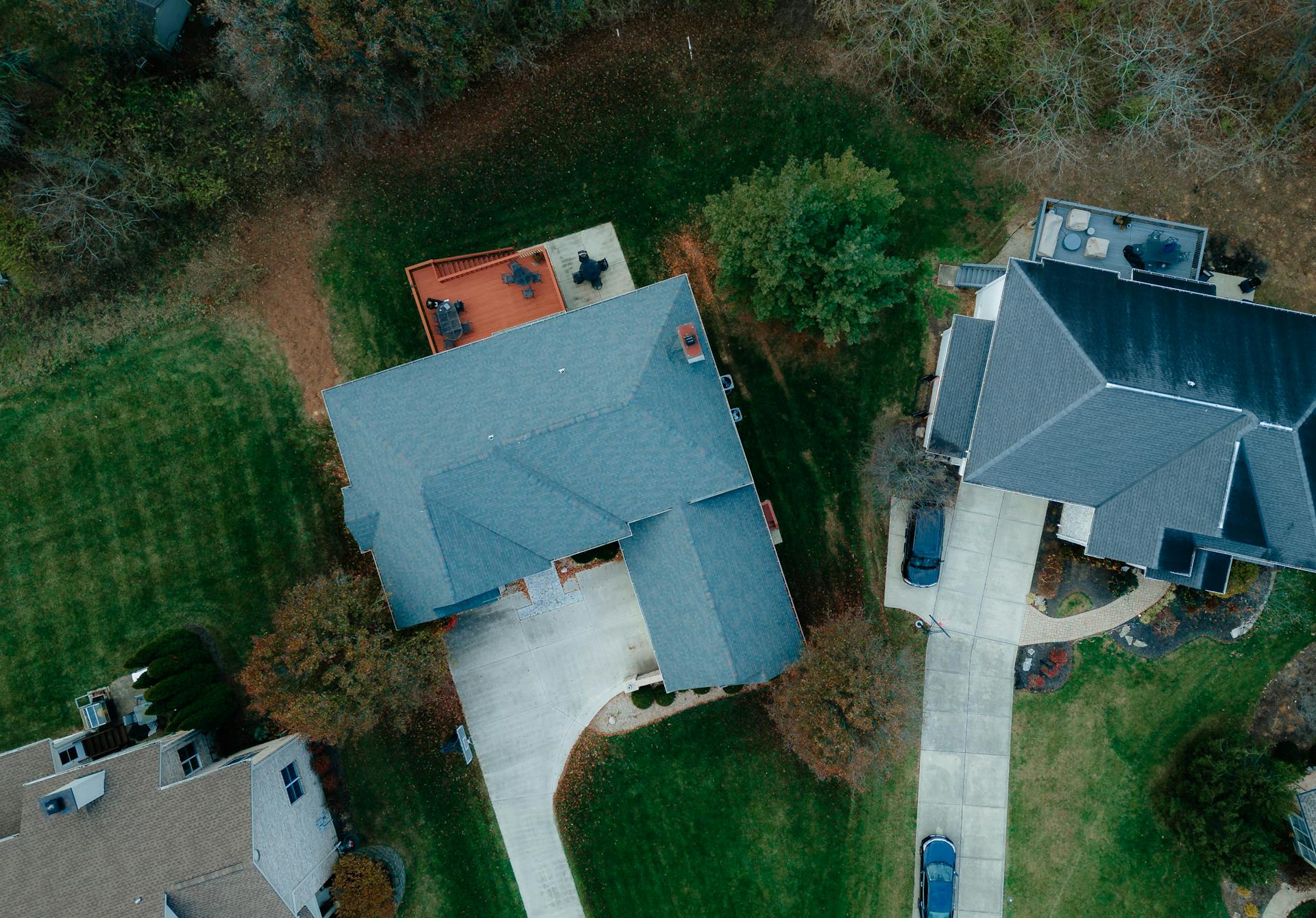From Blueprint to Backyard: A Step-by-Step Guide to Building a Custom Deck

Adding a custom deck is one of the most rewarding upgrades you can make to your home. Whether you want a cozy spot for coffee, a spacious entertainment zone, or an outdoor extension of your kitchen, a well-planned deck blends comfort, design, and function.
But what actually goes into building one?
Behind every finished deck is a detailed process involving permits, materials, design choices, and construction steps. Understanding this journey in advance helps ensure that your project stays on schedule, within budget, and aligned with your vision.
Here’s a step-by-step guide to how your deck builder will take your idea from concept to completion—so you can enjoy your backyard for years to come.
Step 1: Vision and Initial Consultation
Every deck begins with a conversation. Before any sketches or lumber are involved, your builder will want to understand how you plan to use the space. Some homeowners envision a small lounging area; others want outdoor dining, a hot tub base, or a multi-tiered retreat.
Be ready to discuss:
- How you’ll use the deck (entertaining, dining, relaxing)
- Your ideal size, shape, and orientation
- Any must-have features (built-in seating, lighting, roof coverings)
- Your budget and timeline
This early dialogue shapes the design and identifies any challenges based on your property’s size, slope, or access points.
Step 2: Design and Layout Planning
Next comes the blueprint phase. Your deck builder will use measurements and site conditions to create design mock-ups that align with your goals and comply with local building codes.
This phase includes decisions about:
- Shape and elevation
- Stairs, railings, and access points
- Integration with existing structures (like patios or sliding doors)
- Material choices—composite, wood, PVC, or hybrids
If your deck will attach to your home, your builder may also collaborate with a roofing company to ensure proper flashing and weatherproofing where the two structures meet.
This planning phase also determines how the deck’s structure will support load-bearing features like grills, planters, or built-in furniture.
Step 3: Permits and HOA Approvals
Before construction begins, your deck builder will help obtain the necessary permits from your local building department. If you live in a neighborhood with a homeowners’ association, approval may be required there too.
Permits typically cover:
- Structural integrity and safety standards
- Setback distances from property lines
- Railing heights and stair codes
- Footing depth and frost line compliance
Working with experienced professionals like D&G Exteriors means you’ll have guidance through these bureaucratic steps. Skipping permits might seem like a shortcut—but it can lead to fines, removal orders, or issues when selling your home.
Step 4: Site Prep and Foundation Work
Once permits are secured, it’s time to prepare the site. This phase ensures a strong and stable base for your new deck.
Tasks may include:
- Clearing vegetation and debris
- Marking footing locations
- Digging holes and pouring concrete footings or setting piers
- Installing ledger boards on the house (if attached)
If the area around the deck slopes or drains poorly, your builder may suggest grading work or gravel installation to support long-term drainage.
This is also the time to identify any hidden concerns—like tree roots, buried utilities, or uneven terrain—that could impact the construction timeline.
Step 5: Framing and Structural Build-Out
With the foundation in place, the skeleton of your deck starts to rise. Framing involves installing joists, beams, and supports that form the backbone of your deck.
Key elements of this phase:
- Pressure-treated wood or composite framing
- Ledger board securely attached to the house
- Proper joist spacing for your selected deck boards
- Blocking and support for high-traffic zones or heavy furniture
This stage may go quickly, but it’s where precision matters most. Proper framing ensures your deck is level, strong, and safe—now and in the years ahead.
Step 6: Decking and Railing Installation
Next, the visible surface takes shape. Deck boards are installed according to your selected pattern—horizontal, diagonal, or custom designs. Railings are added for safety and aesthetics.
Additional considerations:
- Hidden fasteners for clean finishes
- Fascia boards to cover exposed edges
- Post caps, balusters, or custom railing inserts
- Stair installation, if needed
Some homeowners also choose to coordinate this phase with roof replacement or roof repair projects, especially if extending a covered porch or pergola. Your builder can work in tandem with a roofing company to ensure seamless integration and water protection.
Step 7: Finishing Touches and Custom Features
This is where the deck goes from structure to sanctuary. Depending on your design, this phase could include:
- Built-in benches or planters
- Low-voltage lighting for steps and rails
- Shade structures like pergolas or retractable awnings
- Outdoor kitchen components or storage cabinets
Even if you’re not installing all features immediately, your builder may rough-in wiring or gas lines for future upgrades. Planning ahead saves time and cost if you decide to expand the space down the line.
Step 8: Final Walkthrough and Maintenance Plan
Once construction is complete, your builder will walk you through the finished deck, check structural elements, and explain care requirements based on your chosen materials.
For wood decks, this may include staining, sealing, or annual inspections. For composite or PVC options, maintenance is often as simple as seasonal cleaning.
A professional builder, such as D&G Exteriors, may also provide a post-installation checklist to ensure drainage, flashing, and fasteners stay secure after the first few weather cycles.
Final Thought: A Process Worth Planning
From blueprint to backyard, building a deck is more than just construction—it’s a collaboration. With the right deck builder and a clear plan, you can transform your outdoor space into an extension of your lifestyle, not just your square footage.
And while it may seem like a big project at first, following each phase step by step ensures a smooth process—and a result that enhances your home for years to come.
Let your deck be the bridge between your indoors and the great outdoors—designed with care, built with confidence, and ready for every season.
